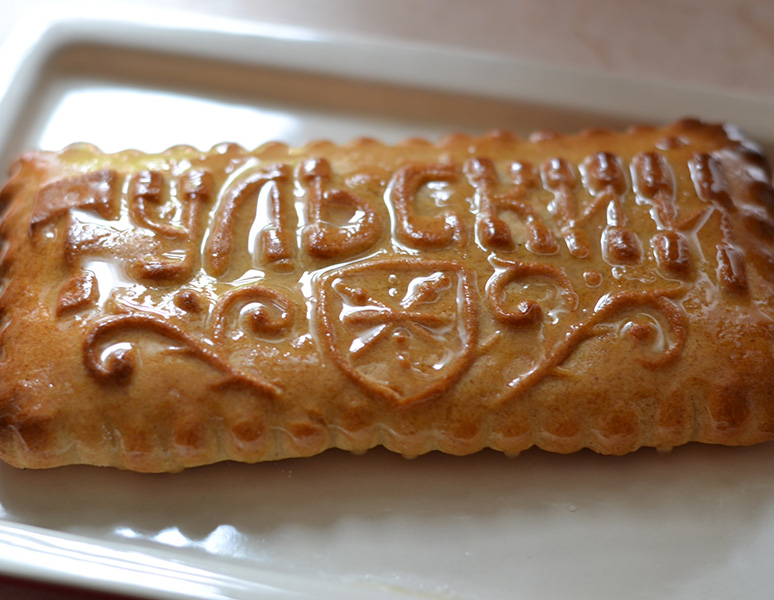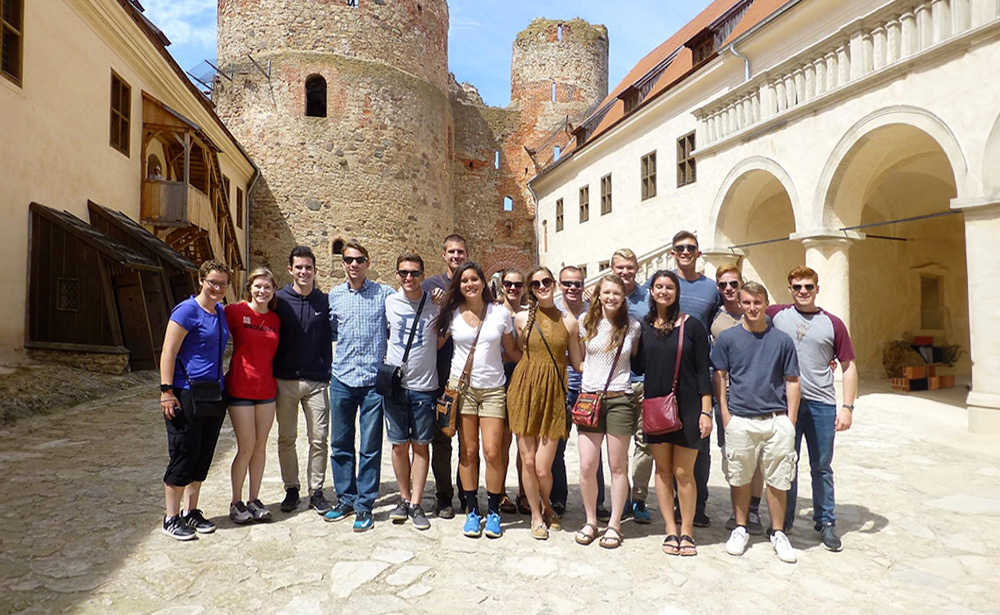Tula Pryanik. How it appeared

Every person who lives in Russia most likely knows such a delicacy as Tula pryanik and tasted it at least once in their life. Pryanik is made in many cities of Russia, but only Tula pryanik is widely popular. In this article, we’ll tell about the history of Tula pryanik, and find out why it has won the love of all Russians.
Origin of Tula pryanik
According to some Chronicles Tula pryanik appeared more than 300 years ago, since the time when people had just started to learn the basics of baking. In the 17th century, people of Tula were rather poor. Therefore, they had to somehow earn money. As a result, many people were engaged in various crafts, for example, trade, and they also sold pryaniki.

In those days, there were a lot of craftsmen who were involved in pryanik business. Each of the bakers had their own unique recipe, which they kept in the strictest confidence and passed down from generation to generation only through the male line. Bakers never wrote down their recipes, because they were afraid that they would be stolen, and when mixing all the ingredients, they were guided by the stones, which meant the weight of a certain product.
Wizards of pryanik business
In the 19th century in Tula there were bakers who invented the recipes of pryaniki and knew all secret details of their baking. Grechihin brother, M. Belolipetsky, and P. Kozlov were these bakers. Year after year, bakers demonstrated their talents at various trade fairs in Russia and abroad. At that time, there was a huge range of pryaniki, which differed in their forms and names.
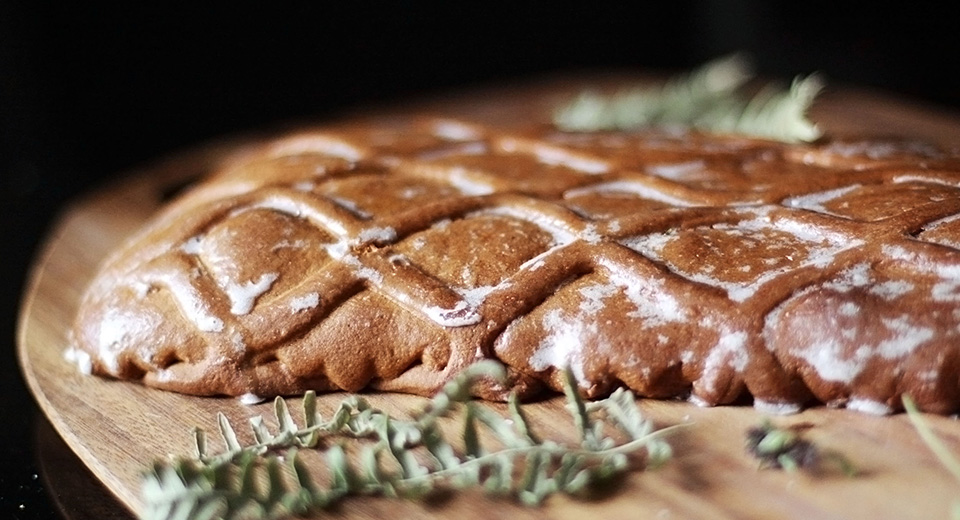
Forms for baking pryaniki were made of wooden planks; they were cut from birch or pear, then dried. After that, a pattern was cut out on the planks in a mirror image. After it got dry completely, a pattern that depicted Tula attractions or festive events was also applied. Also, Tula pryaniki always had a text about historical event or dates on them.
Pryanik symbols
In Russia, pryaniki were associated with many customs, traditions, and rituals. A special pryanik was baked specially for every occasion, for example, a birthday or a wedding. For example, the wedding pryanik contained a lot of nuts and berries. This pryanik was always given to the newlyweds with the wishes of a prosperous family life. Each pryanik had its own symbol, for example, a “pryanik-heart” symbolized attraction and love, but a “pryanik-deer” symbolized the strength and courage of a man.
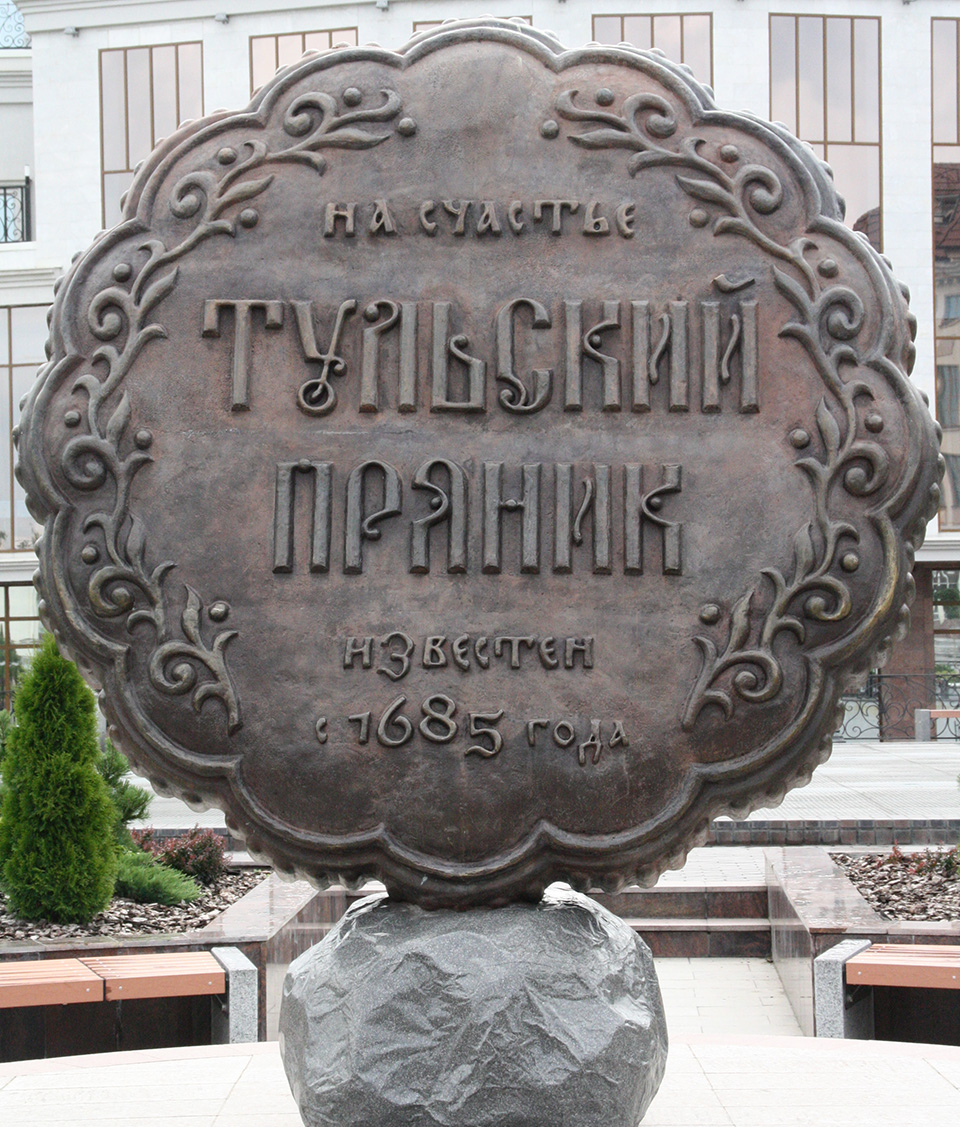
In the old days Tula pryanik was considered an expensive gift, which was given only to the closest people. It was believed that it had special medicinal properties and was able to help with some diseases. To make such pryaniki, bakers cut out the initials of the archangels on the wooden plated, so that they protect people from adversity and help cope with illness.
Tula pryaniki today
Today at shops in Russia you can still find stamped pryaniki – classical Tula pryaniki of the round, oval, or rectangular form with a pattern and a text. Up to today at various bakeries, bakers keep traditions inherited from the past and follow them. Thanks to the original design and Tula symbols such pryaniki have become known throughout Europe as a special souvenir.
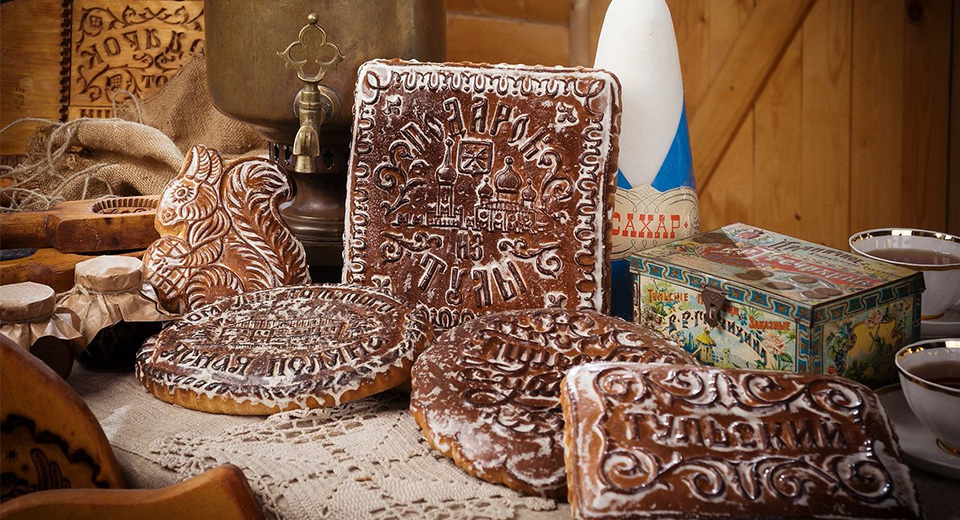
To fully understand and feel the history of Tula pryanik you should see and taste it. During all time of its existence, which is 300 years, Tula pryanik embodied all the best Russian bakery traditions!
You may be interested

Why do people speak Russian in Daugavpils?
As it seems to us, Daugavpils is the best place to learn Russian now, because our city is situated in the EU and NATO, but at the same time 90% of the city’s population speak Russian at home.

ЭТЮД О ДВИНСКЕ
Etude on Dvinsk by F.Fedorov
The Baltic region is one of the most catastrophe prone regions of the 2nd millennium, especially its second part; it is the centre of attraction of ‘geopolitical’ interests of the European world. Probably the most tragic fate has befallen to the eastern part of the present Latvia and its multi-titled town of Dinaburg – Dvinsk – Daugavpils. During its 730 years long history, the town went through five rather autonomous periods of development, five different lives (German, Polish, Russian, Latvian, Soviet), and at the beginning of the 1990s it entered into the 6th period.
The history of Dinaburg – Dvinsk – Daugavpils is the history of five attempts by the town to begin its life anew; and this is determined not only by the fact that the town was four times burned down and had to start life from scratch, but first and foremost because each of these periods was characterized by a total change of ethnos and the socio-cultural field.
The present article deals with the cultural space of the town in one of the most efficient periods of its development – from the 1860s till World War I.


